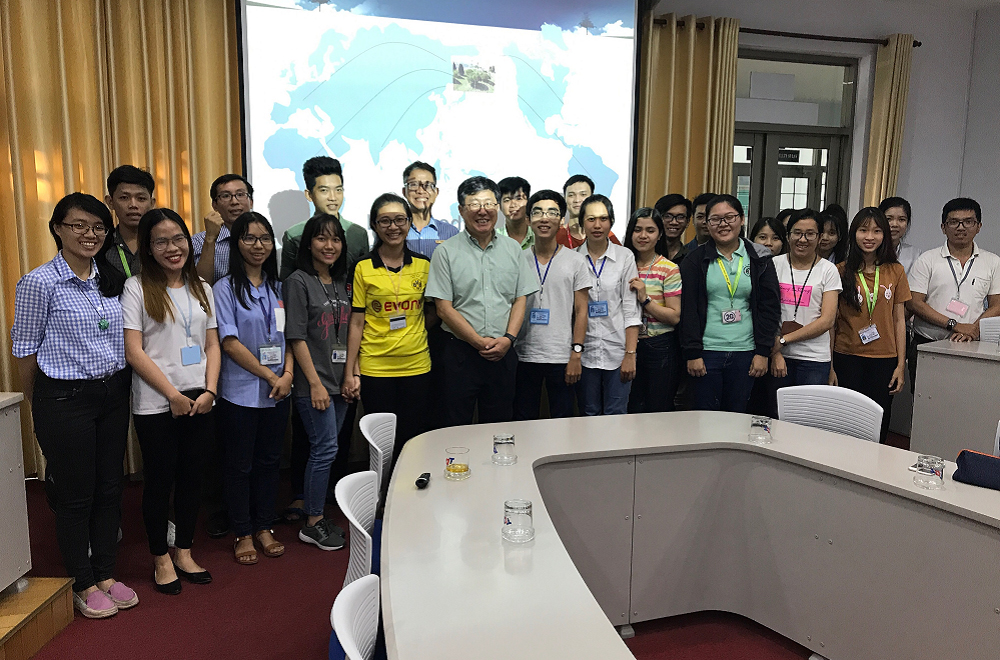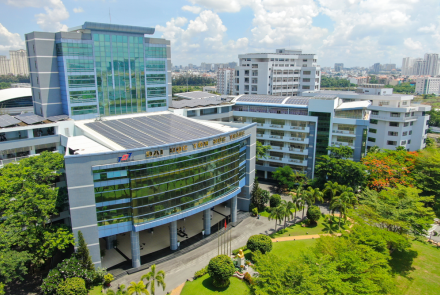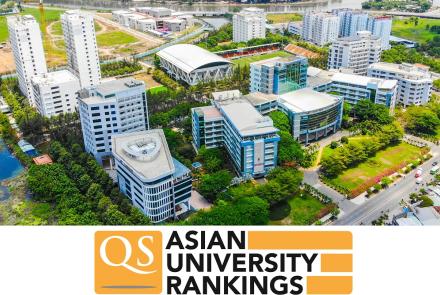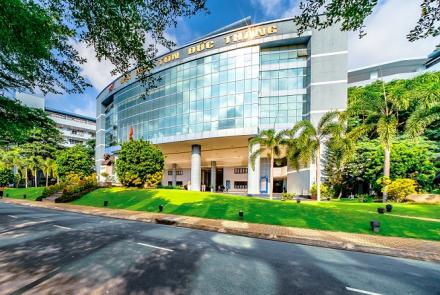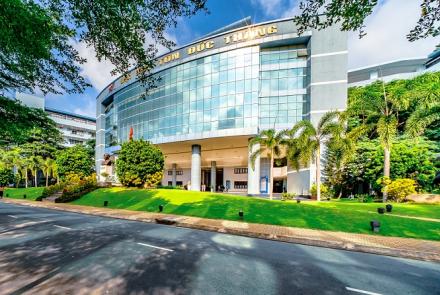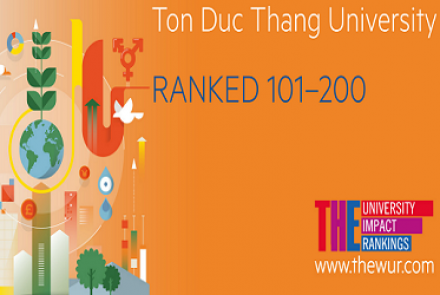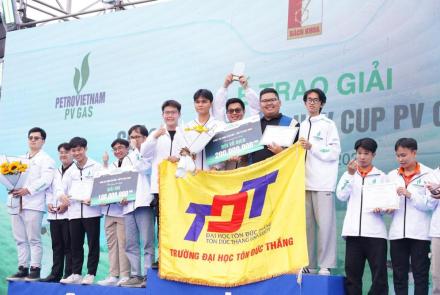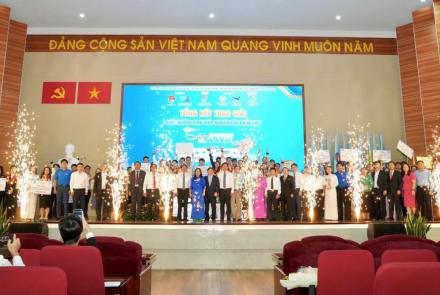Application of natural technology in rainwater harvesting for water supply in daily life
Water is essential for life. However, we are currently facing water scarcity for a number of reasons such as population explosion, rising water use, overexploitation of water and water pollution due to development activities, etc.
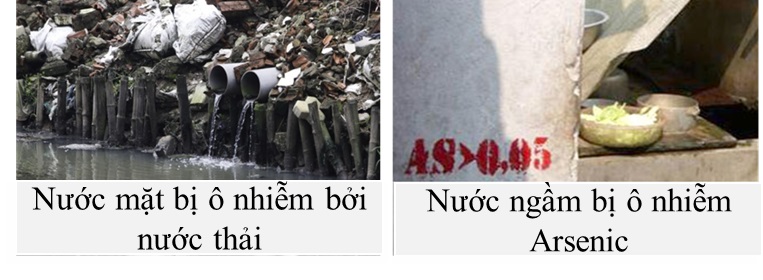
Statistics in 2016 showed that around 663 million people in the world did not have access to clean water. Meanwhile, Vietnam receives a large annual rainfall, averaging 1.680 mm per year. Thus, the questions are “Is it possible for us to drink rainwater?”, “Is the quality of rain water safe for daily use?” and “How is the sustainability of rainwater harvesting system as well as its accessibility?
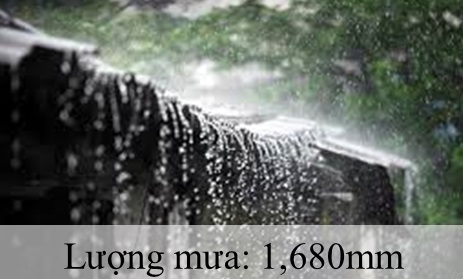
Upstream rainfall flows on the soil surface through cities, rivers, or soaks into the ground to become groundwater and finally pours into the sea. The original clean rainwater will be contaminated when flowing on the surface. The degree of contamination depends on distance that rainwater moves after reaching the ground and the period of exposure to the surface of dirt. The farther the distance is, the greater the pollution is. Based on the principle of travel distance, rainwater from rooftop has a travel distance of near zero, so it is of the best quality compared to rainwater that flows on the surface.
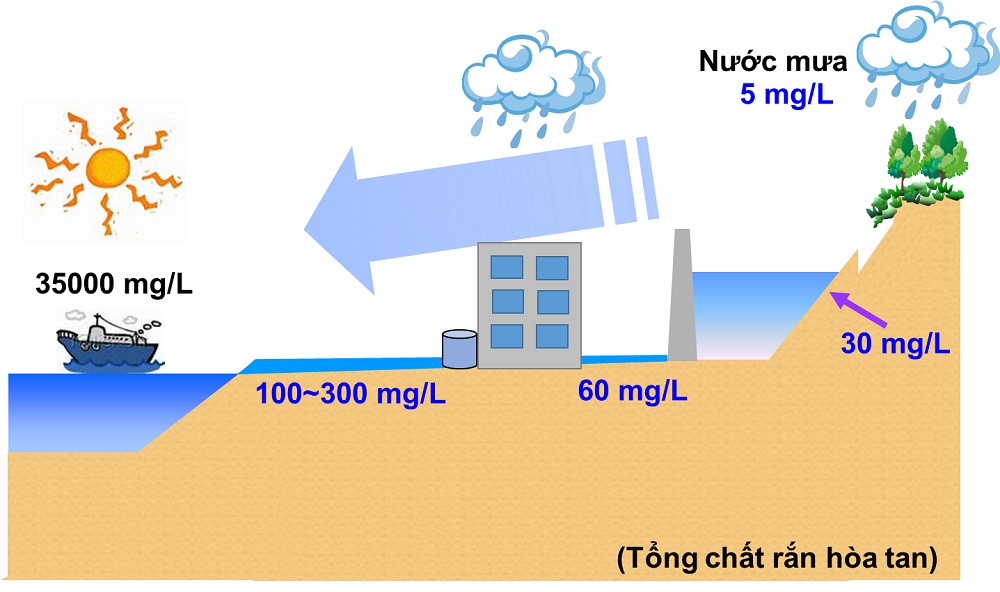
If rooftop rainwater is harvested properly, it is easier for us to process it to meet WHO’s drinking water standards or drinking water standards in Vietnam. Thanks to simple technology, we can improve harvested rainwater quality by applying natural technologies such as gravity and bio-film technologies, etc. in rainwater tanks. There are some innovative technologies that can be used to improve rainwater quality such as water scavenging, first flush, solar water disinfection, or models of transferring floating rainwater are also easily applied in a small scale and household size.
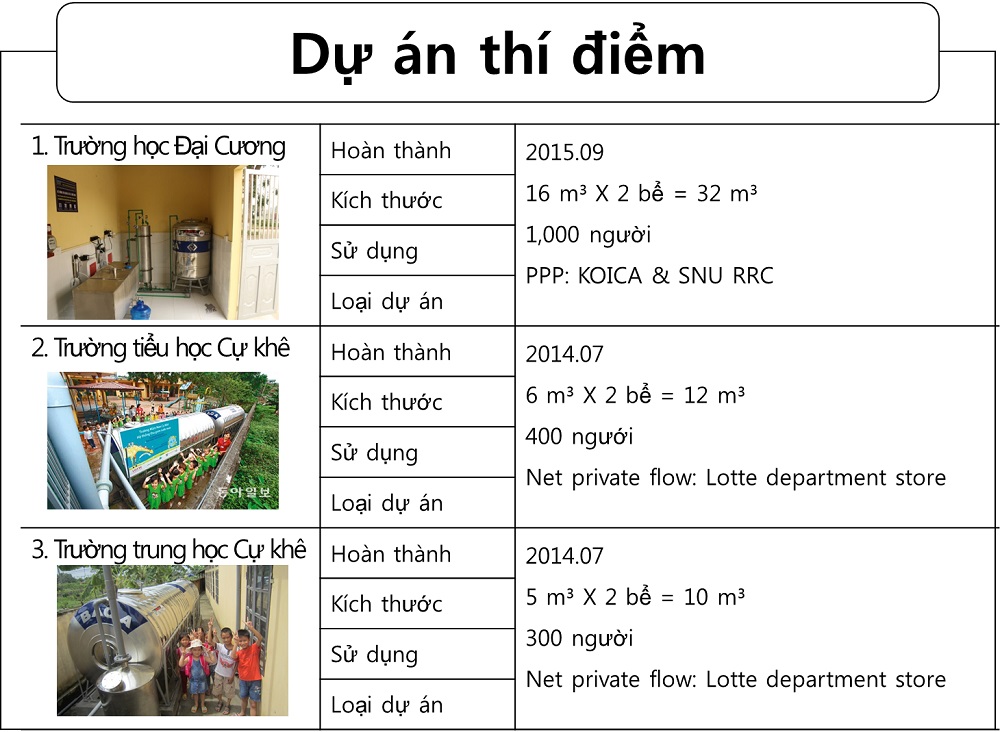
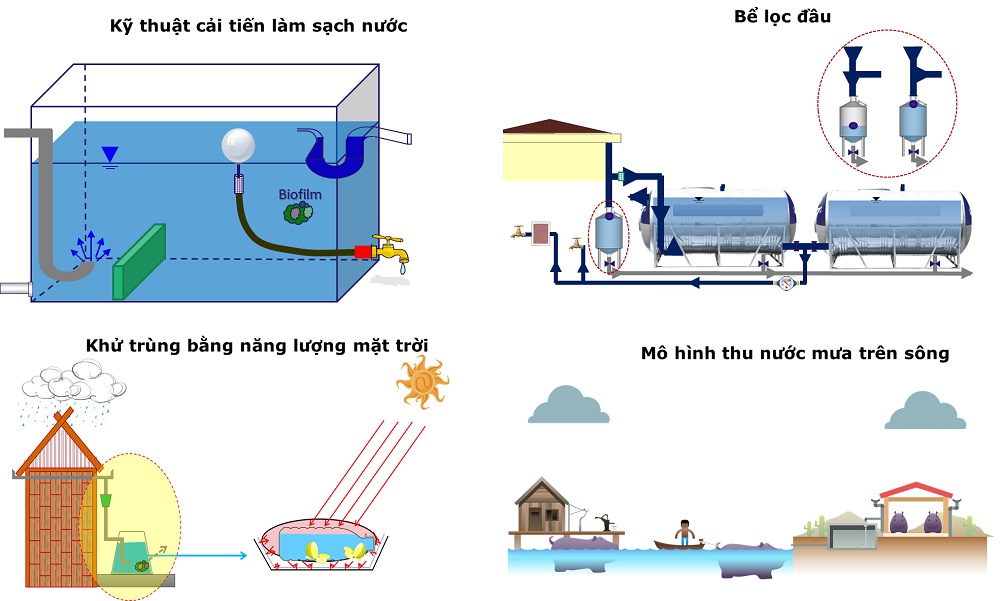
Students of Faculty of Environment and Labour Safety, Ton Duc Thang University (TDTU) have initially approached the idea of collecting and using rainwater through the content of the subject Resources Management as well as some consultations and seminars on the rainwater harvesting capacity in Ho Chi Minh City, which was held at the school. By collecting and using rainwater in daily life, we can partly contribute to solve the problem of scarcity and lack of clean water source today. This is also one of the main programs in the future for the sustainable development.
